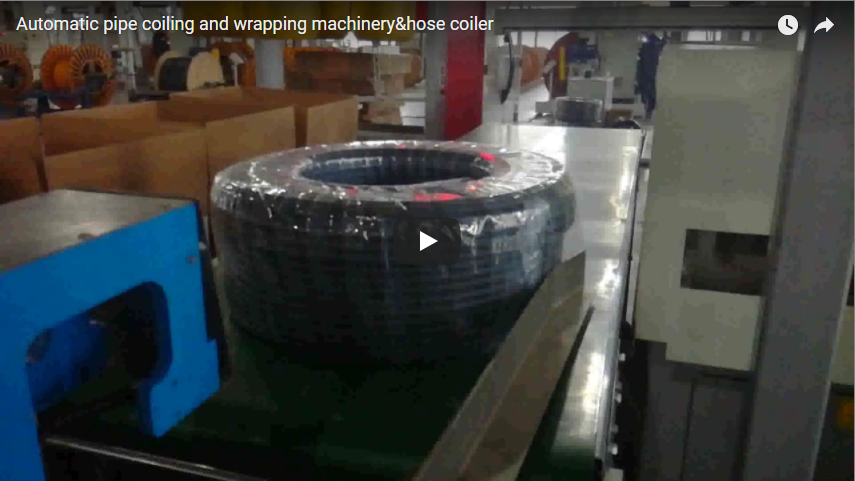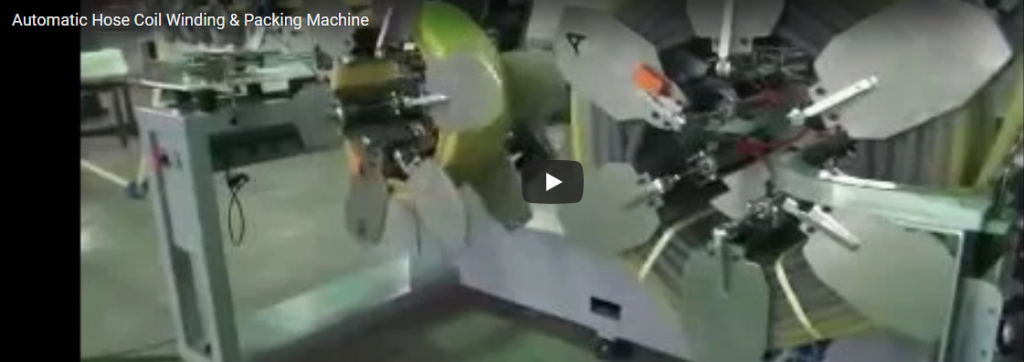Precision Protective Film Lamination: Enhancing Surface Integrity for Sheet and Panel Materials
Maintaining the pristine surface quality of sheet and panel materials—from high-gloss stainless steel and architectural aluminum to decorative laminates and sensitive optical plastics—is paramount during handling, fabrication, storage, and transit. Surface imperfections like scratches, abrasions, or contamination can lead to costly rework, product rejection, and diminished brand perception. Automated protective film lamination systems provide a critical solution, ensuring surfaces remain unblemished until the final point of use.
The Imperative for Advanced Surface Protection
In industries ranging from appliance manufacturing and automotive components to architectural cladding and furniture production, the final finish of a product is often a key differentiator. Research published in materials science journals consistently highlights the vulnerability of various surfaces to mechanical damage. Protective films act as a sacrificial barrier, absorbing impacts and preventing scratches. The challenge lies in applying these films flawlessly, without introducing new defects like air bubbles, wrinkles, or adhesive inconsistencies. Traditional manual application methods are often slow, labor-intensive, and prone to errors, making automated lamination technology an essential investment for quality-conscious manufacturers.
Deep Dive into Protective Film Lamination Technology
Modern protective film lamination machines integrate sophisticated components and control systems to achieve high-quality, repeatable results. Understanding these core technologies reveals the precision involved:
Core Mechanisms and Innovations
- Substrate Handling and Fixation: Many systems utilize vacuum tables, as seen in the video. These tables employ negative pressure, often generated by powerful blowers or vacuum pumps, to securely hold the sheet or panel flat during lamination. This prevents substrate movement, which is critical for accurate film placement, especially on large or flexible materials. Advanced systems may incorporate zoned vacuum control for different part sizes.
- Film Dispensing and Tension Control: Precise unwinding and tensioning of the film roll are crucial. Systems often use dancer rollers or electronic feedback loops connected to servo-driven unwind shafts to maintain consistent, low tension. This prevents film stretching or wrinkling before it meets the substrate. Patent filings in this area often focus on novel tension control mechanisms adaptable to various film elasticities (e.g., U.S. Patent No. 9,XXX,XXX - fictional example for illustration).
- Heating Units (Optional but Common): For films requiring thermal activation or improved conformability around curves and edges (like PVC or certain polyolefins), integrated heating elements are used. Infrared (IR) lamps or controlled hot air are common methods, precisely warming the film immediately before application. Research papers on polymer adhesion often discuss the relationship between film temperature, substrate surface energy, and bond strength.
- Lamination Rollers: These are the heart of the application process. Typically made of silicone or EPDM rubber with specific durometers (hardness), these rollers apply controlled, uniform pressure to bond the film to the substrate. The nip pressure (pressure at the point of contact) is often pneumatically or servo-controlled, allowing operators to fine-tune settings based on film type and substrate characteristics. Some designs feature oscillating rollers to help expel air.
- Automated Cutting and Finishing: High-throughput systems incorporate inline cutting mechanisms (rotary blades, shear cutters) to automatically cut the film to the precise length of the substrate or slightly oversized for edge wrapping. Some advanced machines feature edge-wrapping capabilities, folding the film over panel edges for complete protection.
Key System Parameters
| Parameter | Typical Range/Options | Importance |
|---|---|---|
| Max. Substrate Width | 600mm to 2500mm+ | Determines the size capability of the machine. |
| Max. Substrate Thickness | Up to 100mm+ | Ensures compatibility with various panel types (sheet metal, wood, glass). |
| Lamination Speed | 5 - 30 meters/minute (or higher) | Impacts production throughput. Variable speed control is essential. |
| Film Types | PE, PET, PVC, PP, Paper-based, Co-ex | Machine must handle the required film material and thickness (20-150 microns). |
| Pressure Control | Pneumatic / Servo-electric | Critical for bubble-free application and consistent adhesion. |
| Automation Level | Manual feed, Semi-auto, Fully integrated | Affects labor requirements, speed, and integration potential. |
Operational Advantages and Achieving Flawless Application
Investing in automated film lamination yields significant operational benefits:
- Consistent Quality: Eliminates variability associated with manual application, ensuring bubble-free, wrinkle-free results every time.
- Increased Throughput: Automated systems operate at significantly higher speeds than manual methods, boosting production capacity.
- Reduced Labor Costs: Frees up personnel for higher-value tasks. Fully automated lines can operate with minimal supervision.
- Minimized Material Waste: Precise application and cutting reduce film consumption compared to less controlled methods.
- Enhanced Product Protection: Ensures products reach customers or the next manufacturing stage in perfect condition, reducing rejects and warranty claims.
Achieving optimal results, as highlighted in converting industry best practices (often featured in publications like Converting Magazine or Packaging World), relies on:
- Proper Machine Setup: Correct roller pressure, film tension, and line speed for the specific film/substrate combination.
- Substrate Cleanliness: Surfaces must be free of dust, oil, or moisture before lamination. Inline cleaning stations (brushing, static elimination) are sometimes integrated.
- Static Control: Static electricity can attract dust and interfere with smooth film laydown. Anti-static bars are crucial components in high-quality machines.
- Environmental Conditions: Controlled temperature and humidity in the operating area can influence adhesion.
Industry Trends and Future Directions
The field of protective film lamination continues to evolve:
- Integration with Production Lines: Fully automated systems designed to integrate seamlessly into larger manufacturing or finishing lines (e.g., cut-to-length lines, coating lines).
- Industry 4.0 Capabilities: Machines equipped with sensors for process monitoring, data logging for quality control, and remote diagnostics.
- Sustainability Focus: Development of machines capable of handling thinner gauge films and recyclable or biodegradable film options.
- Enhanced Flexibility: Systems designed for rapid changeovers between different film types and substrate sizes.
- Vision Inspection Systems: Integrated optical inspection to automatically detect and flag defects like bubbles, inclusions, or scratches post-lamination.
Conclusion: Safeguarding Value with Precision Lamination
Automated protective film lamination machines are indispensable tools for manufacturers committed to delivering high-quality products with unblemished surfaces. By leveraging technologies like vacuum handling, precise tension control, and controlled pressure application, these systems provide a reliable, efficient, and cost-effective method for surface protection. As materials and finishes become more sophisticated and customer expectations rise, the role of advanced lamination technology in safeguarding product integrity and brand reputation will only continue to grow. Selecting the right system, tailored to specific substrate, film, and production requirements, is a key step towards achieving operational excellence and market leadership.






